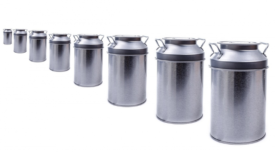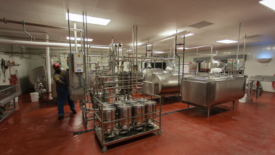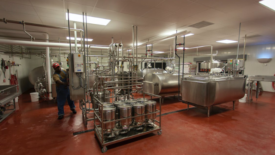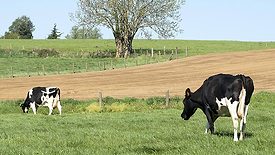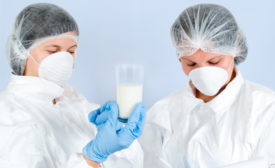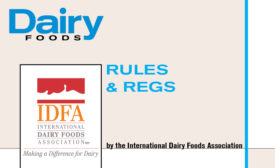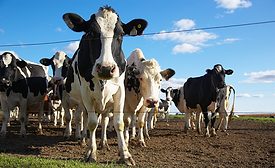Home » Dairy
Articles Tagged with ''Dairy''
Study shows global food safety issues increase in meat, poultry, seafood and dairy
For example, hazard reports for meat and meat products increased by 30.3% in Q4.
May 17, 2019
Manage food safety data
Use data analytics to drive decision-making and continuous improvement.
September 17, 2018
Mobile app helps dairy producers track trends
Animate anionic mineral supplement delivers the critical minerals needed to help cows optimize calcium metabolism through proper pre-partum acidification.
July 25, 2018
Address Listeria testing challenges
New testing options enhance speed and accuracy
April 25, 2018
Study: Grass-fed diets on dairy farms produce nutritionally enhanced milk
Grassmilk provides by far the highest level of omega-3s compared to conventional milk.
March 7, 2018
Never miss the latest news and trends driving the food safety industry
eNewsletter | Website | eMagazine
JOIN TODAY!Copyright ©2024. All Rights Reserved BNP Media.
Design, CMS, Hosting & Web Development :: ePublishing
